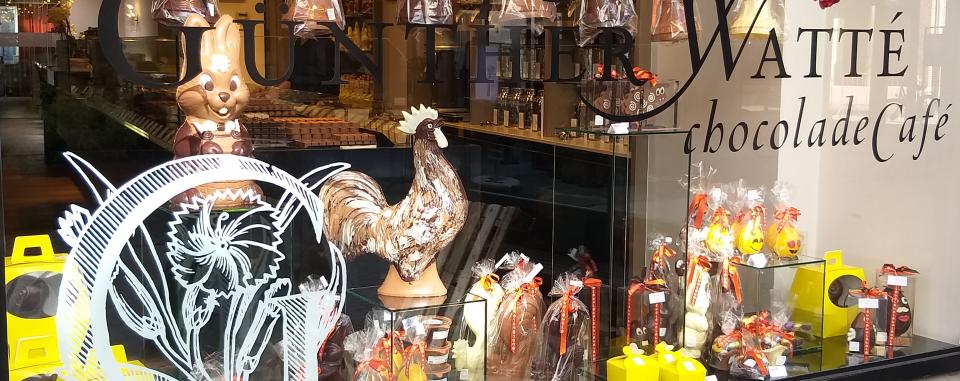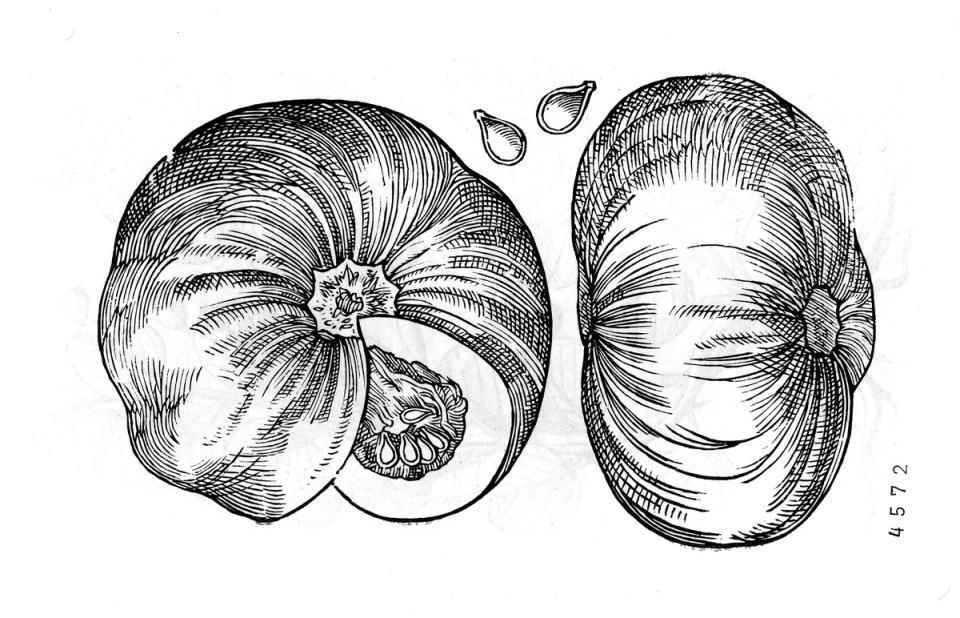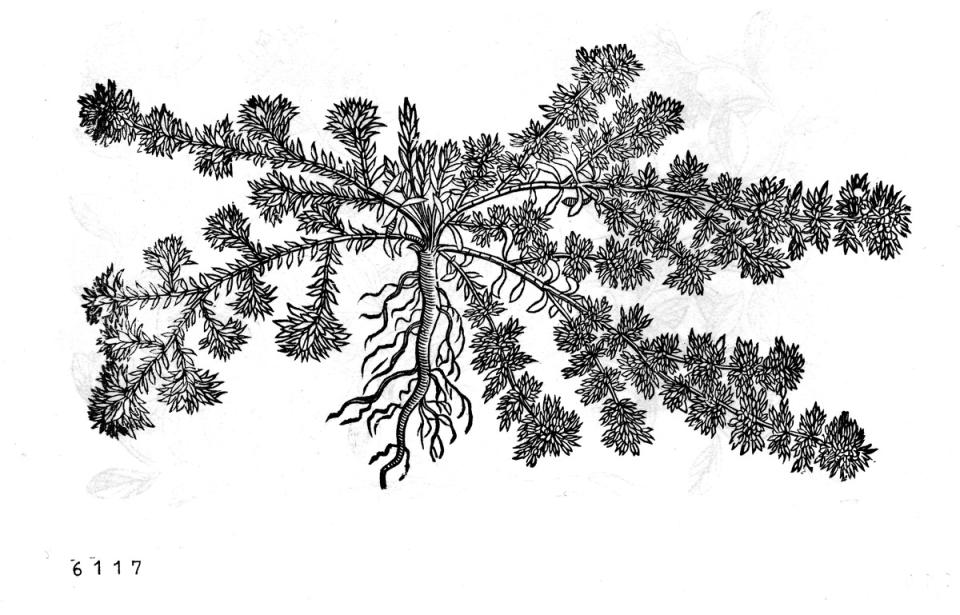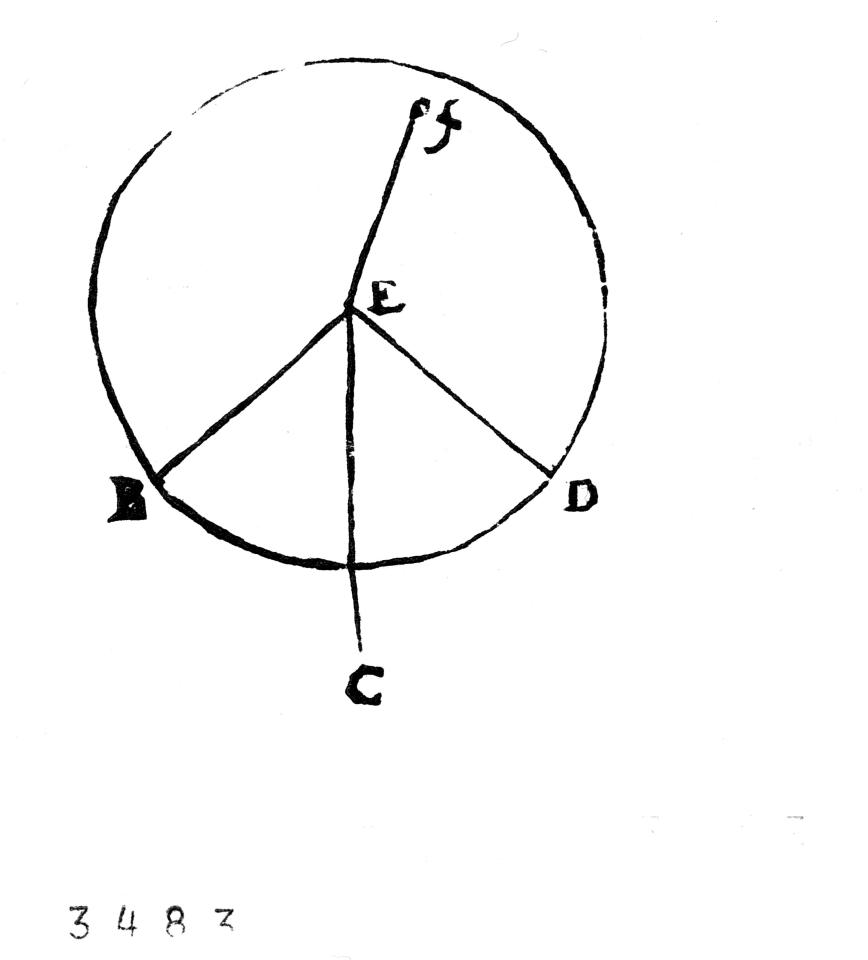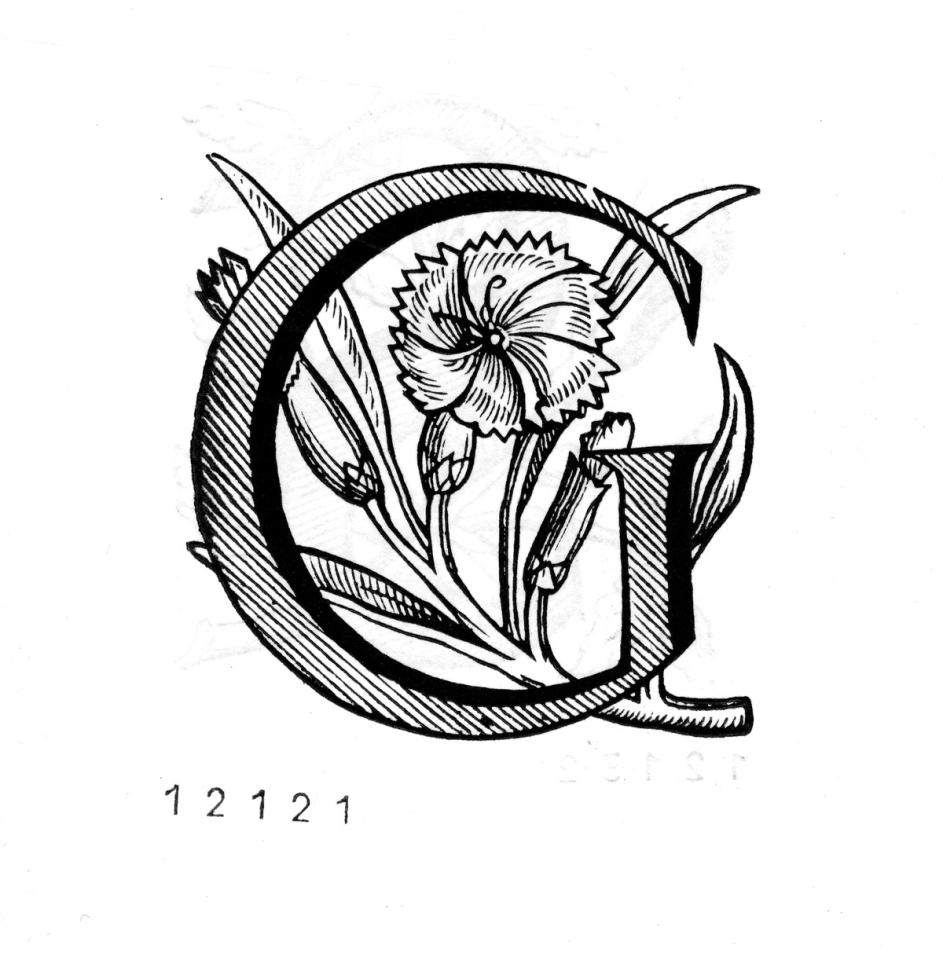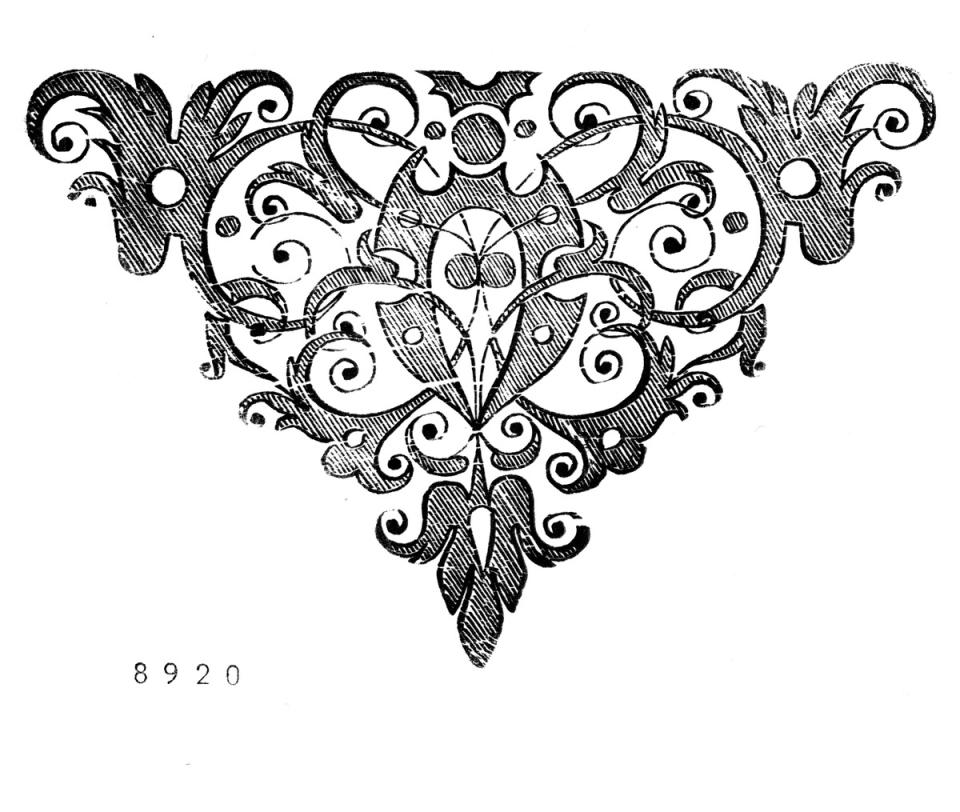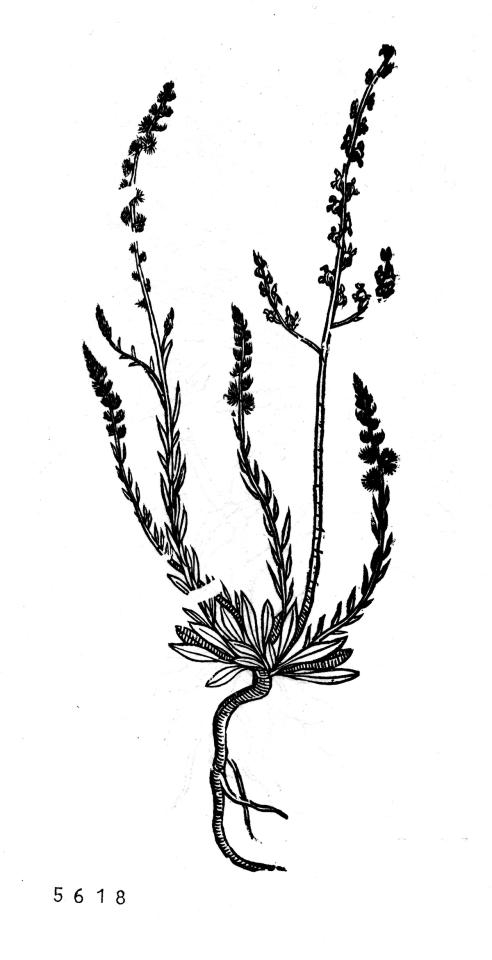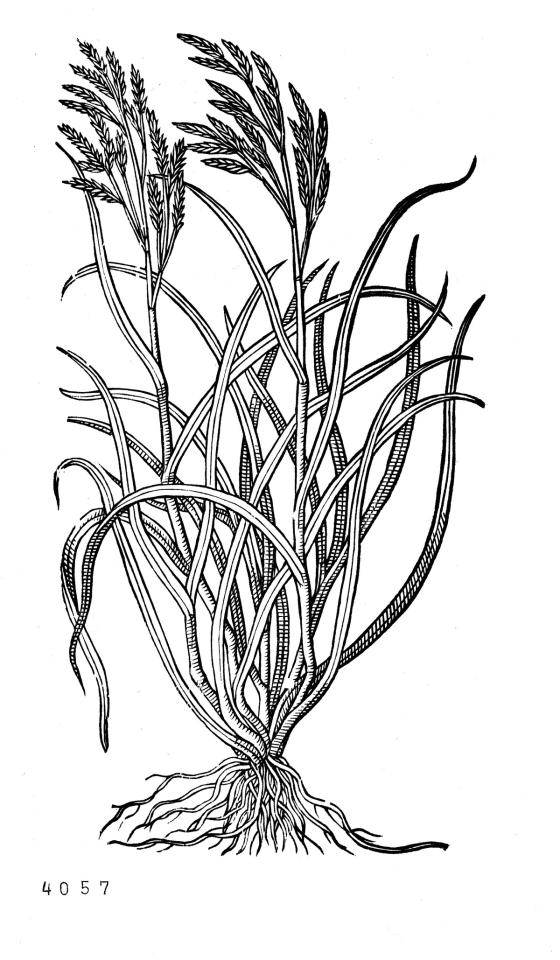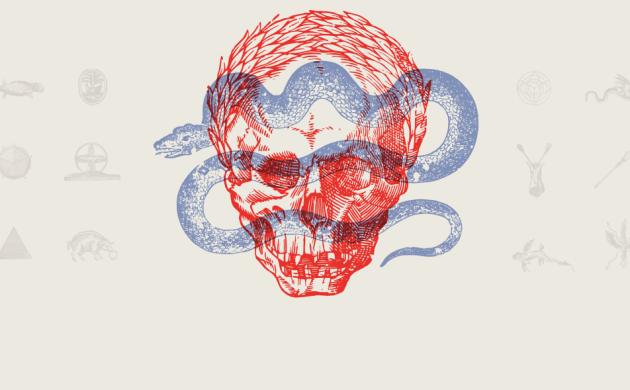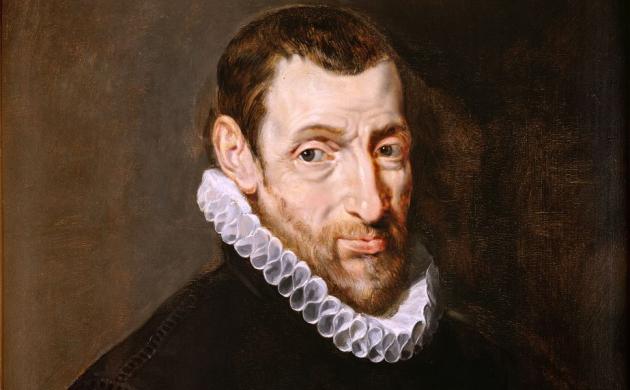Discover them all: View them here on a map
Tip: click on the illustration to view and download it in high resolution.
Pub ATLAS
Corner Heilige Geeststraat and Vrijdagmarkt
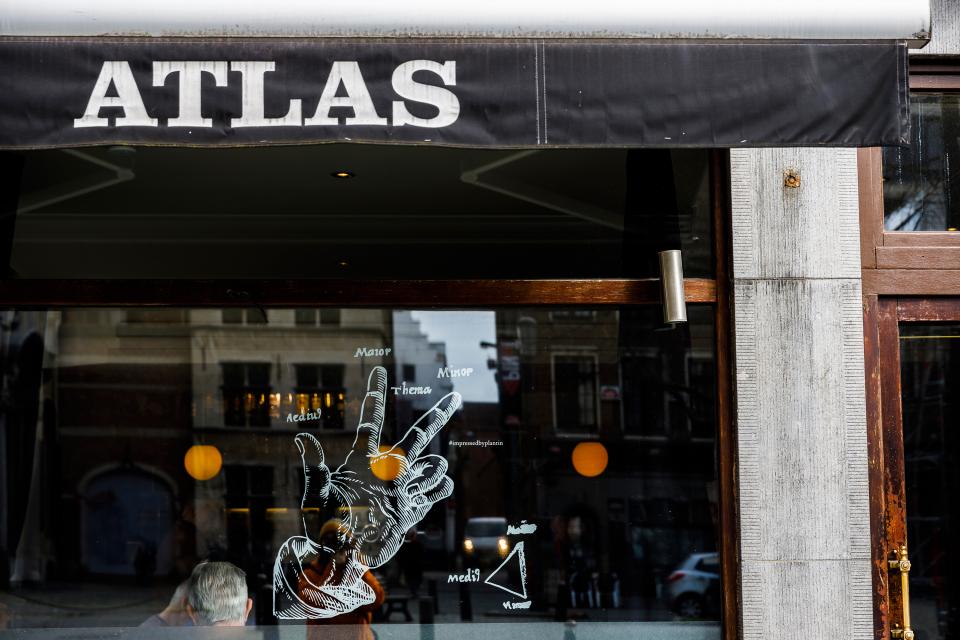
We have not yet been able to find out when and in which publication it was used. Any tips that can help us with this are welcome.
Restaurant FELLA
Vrijdagmarkt 5
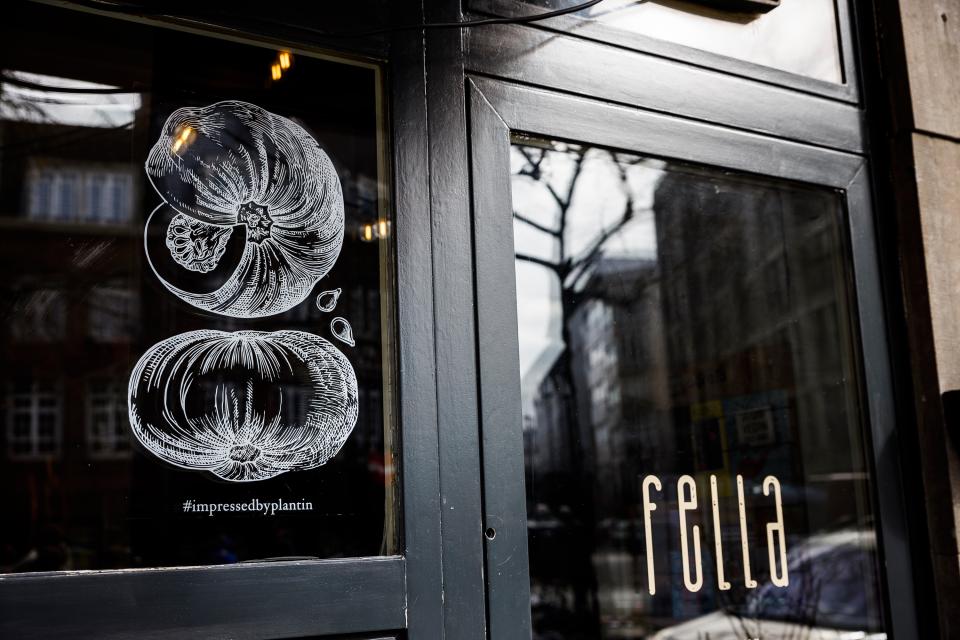
This giant pumpkin (Cucurbita maxima) is in the botanical publications of Matthias Lobelius. In the 17th century, the image was given a second life in two London editions by the English botanist John Gerard.
Restaurant MAJU
Vrijdagmarkt 9
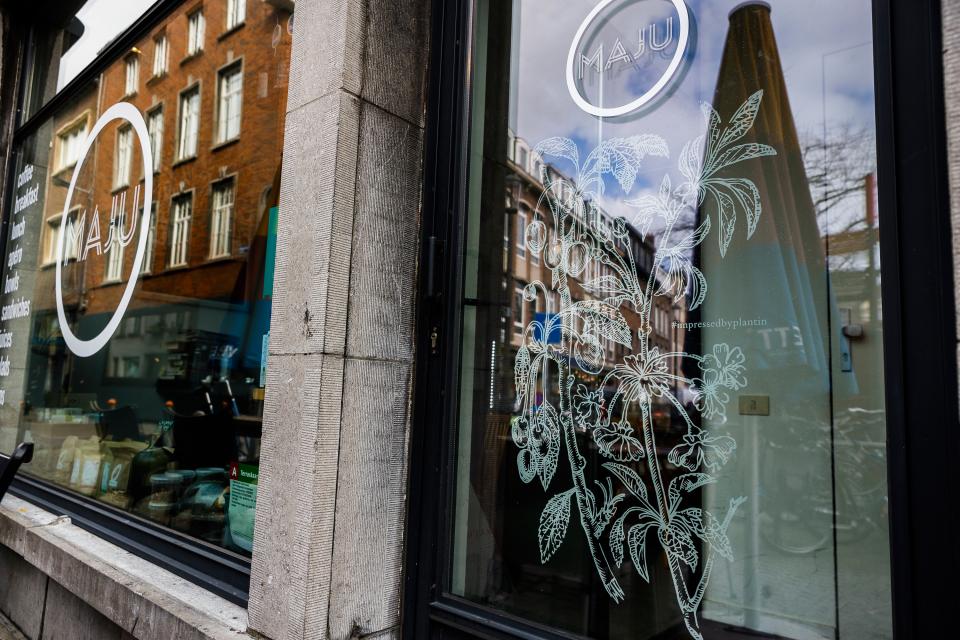
This sweet cherry (Prunus avium) has been described in the botanical publications of Matthias Lobelius as 'Spaensche Criecken'. In the 17th century, the image was given a second life in two London editions by the English botanist John Gerard.
Restaurant IN DE ROSCAM
Vrijdagmarkt 12
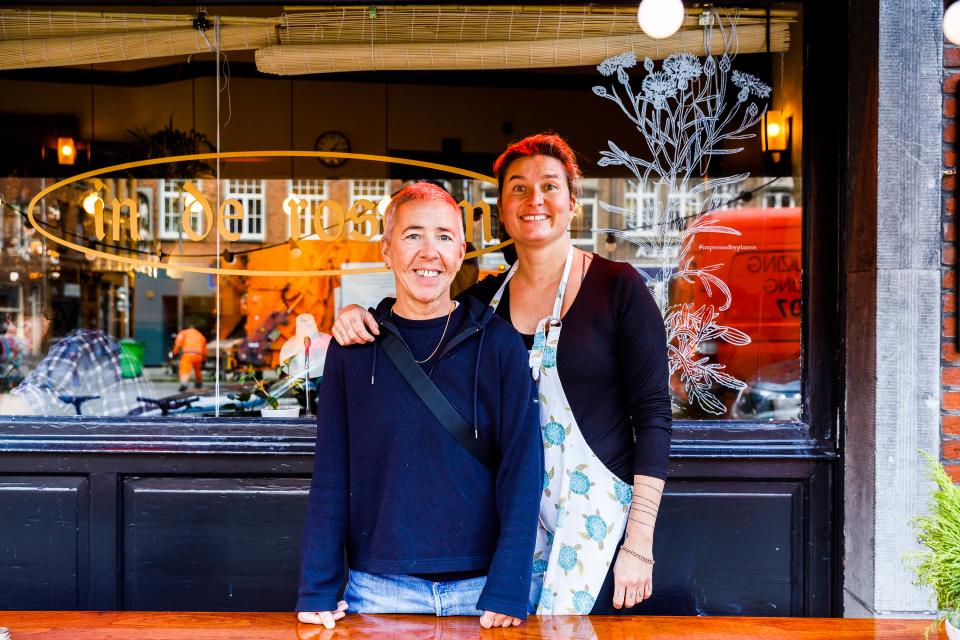
This cornflower (Centaurea cyanus) was first depicted in a botanical publication by Rembert Dodoens in 1568 and subsequently reused repeatedly in later editions by the same author. The Plantin printer also used the image in publications by the other great botanist Matthias Lobelius.
Plant shop PLANTWERP
Vrijdagmarkt 16
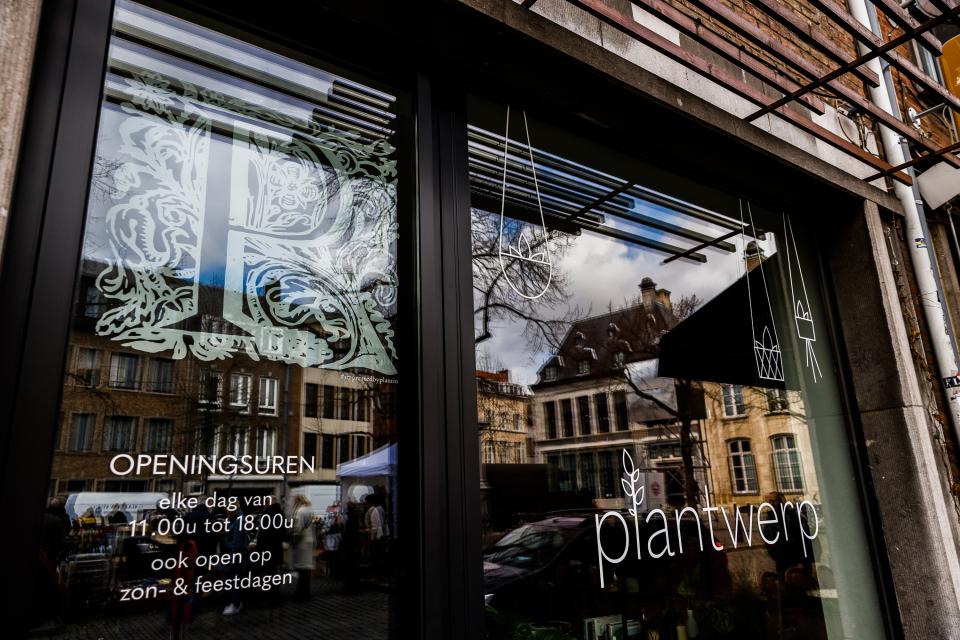
This capital letter P is an ornamental initial or flower-embellished letter, which indicates the beginning of a chapter. The Plantin printer used such letters in her publications for centuries.
Pub CORSO
Vrijdagmarkt 17
This dotted hedgehog fish (Diodon hystrix) is in a 1605 book by Carolus Clusius about exotic animals and plants.
Bistro BAR 2
Vrijdagmarkt 19
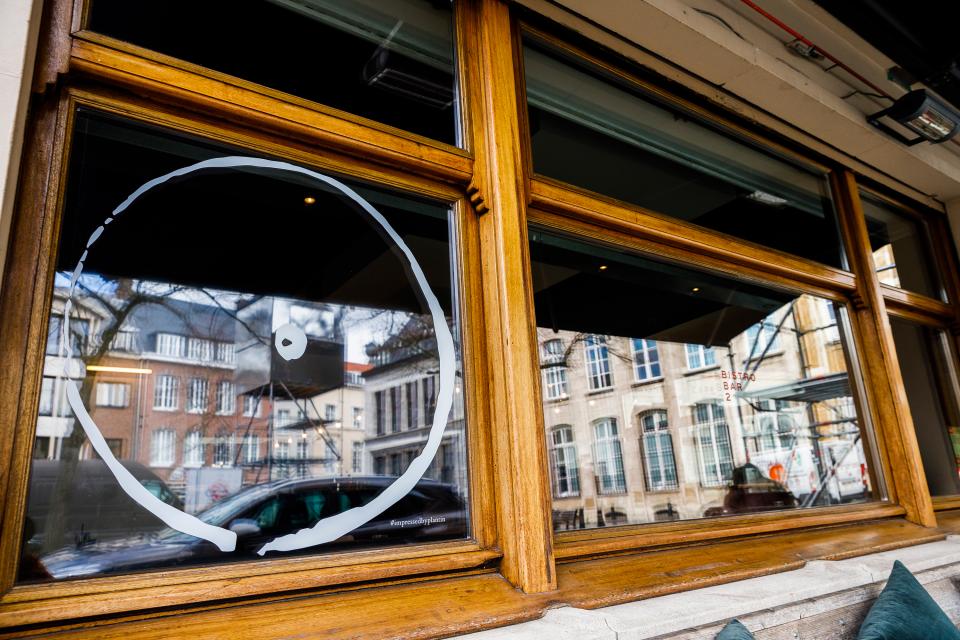
This circle appears in the tract The size of the soul of Church Father Augustine. Christopher Plantin printed Augustine's collected work in 1576-1577.
Jewelry store STUDIO COLLECT
Steenhouwersvest 13
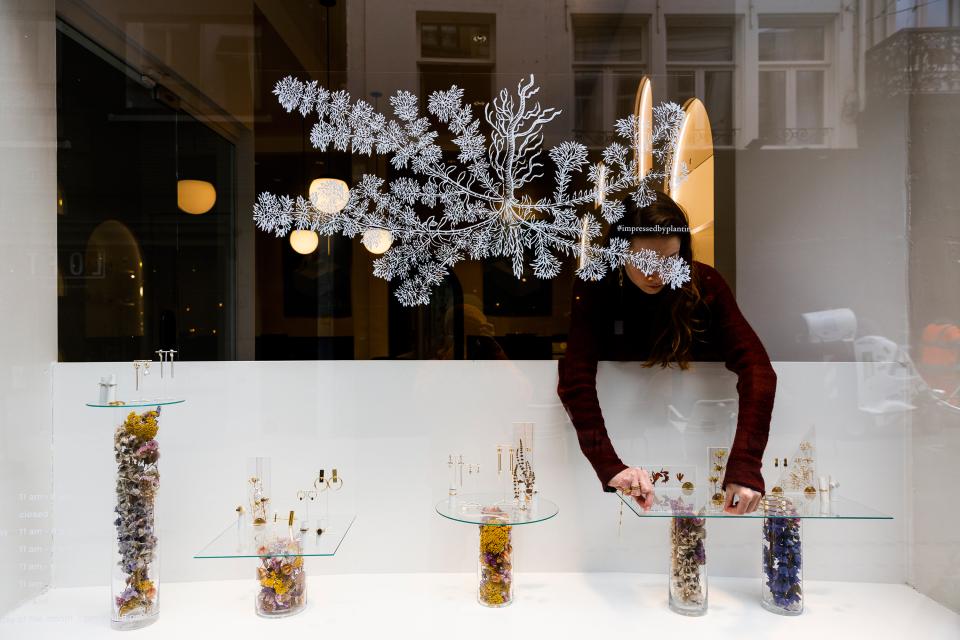
This pig grass (genus Polygonum) is featured in eight different botanical publications by Carolus Clusius, Matthias Lobelius and John Gerard. This window is shown upside down, at the request of the shopkeeper.
Clothes store STEP BY STEP
Steenhouwersvest 20
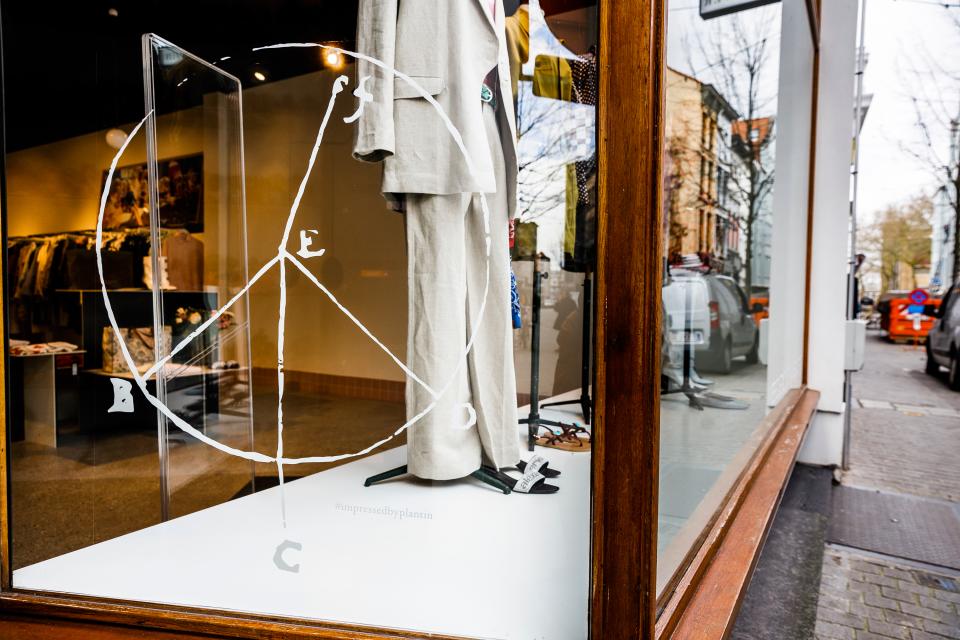
We have not yet been able to find out when and in which publication it was used. Any tips that can help us with this are welcome.
Chocolatier GÜNTHER WATTÉ
Steenhouwersvest 30
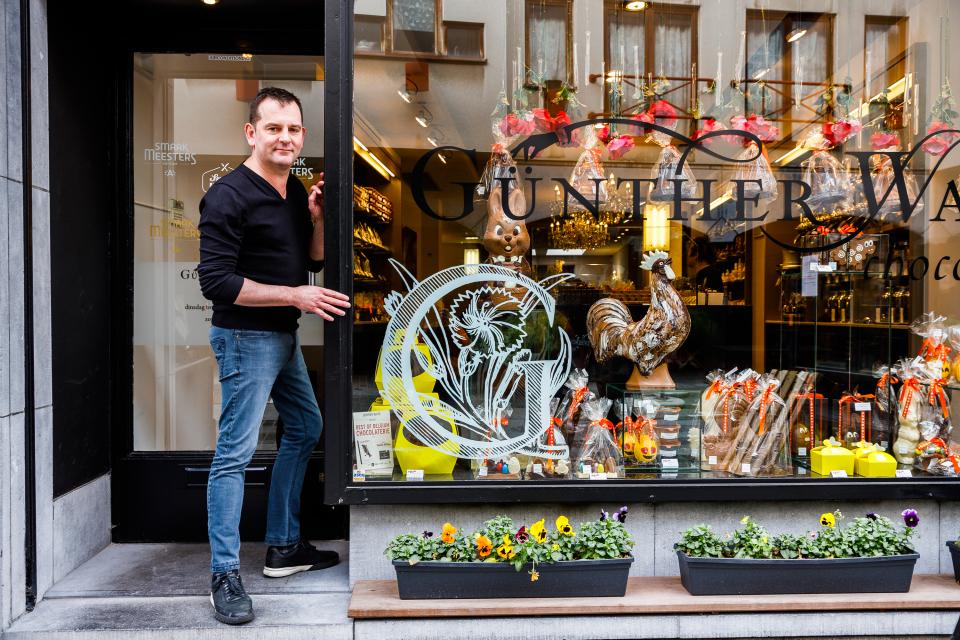
This capital letter G is an ornamental initial or flower-embellished letter, which indicates the beginning of a chapter. The letter was cut in 1578 by Geerard Jansen van Kampen on behalf of Christoffel Plantin.
Leather goods TAS
Steenhouwersvest 33
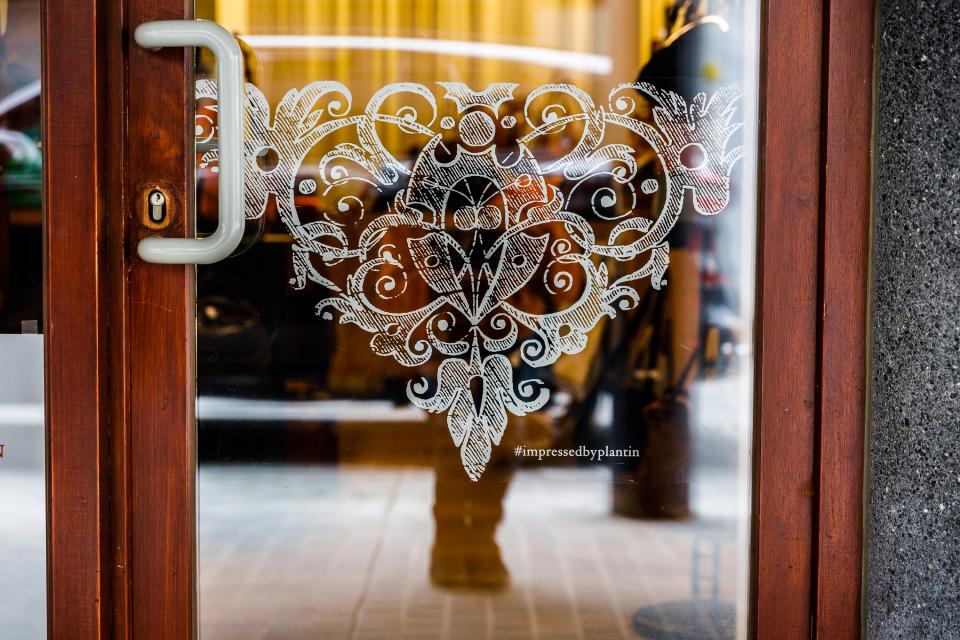
This is a decorative closing vignette or ornament at the end of a chapter, which can be found in various religious publications from the 17th century.
Stationery STAD LEEST
Steenhouwersvest 45
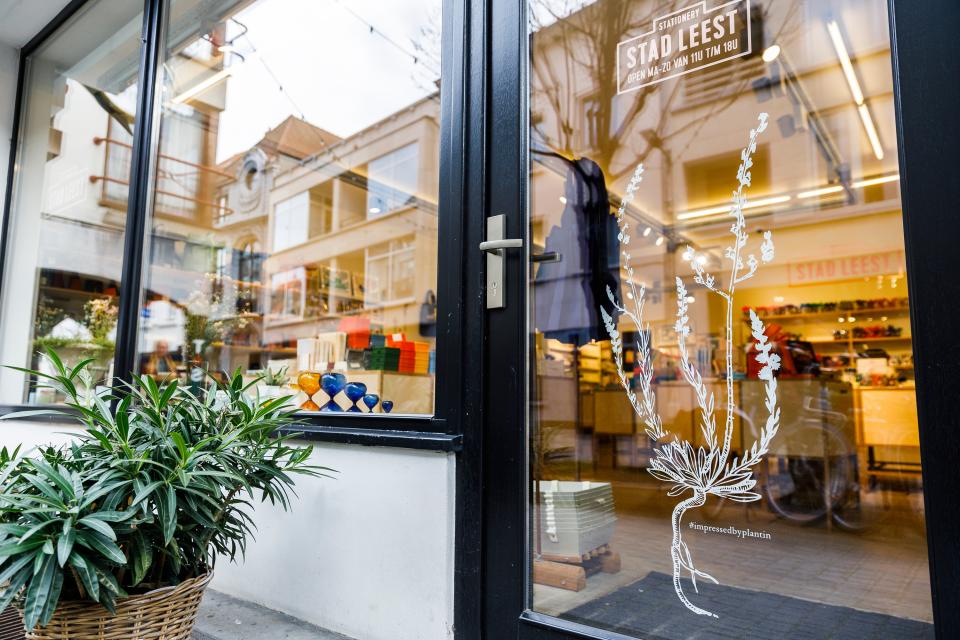
This small reseda (Reseda phyteuma) is in eight different botanical publications by Carolus Clusius, Matthias Lobelius and John Gerard.
Restaurant LE PAIN QUOTIDIEN
Steenhouwersvest 48
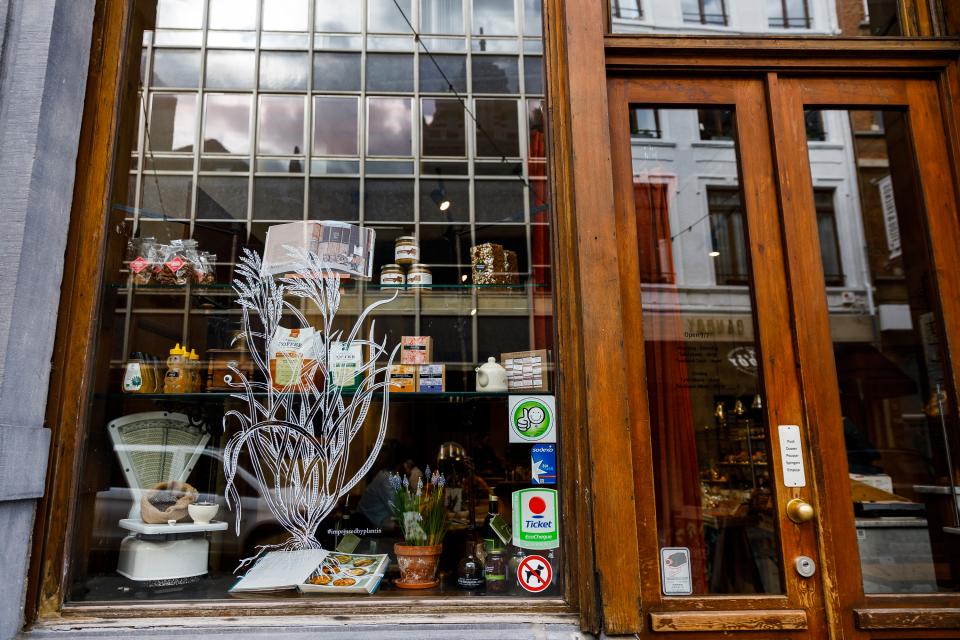
This ostrich (Calamagrostis) is in the botanical publications of Matthias Lobelius. In the 17th century, the image was given a second life in two London editions by the English botanist John Gerard.
Clothes store FRED + GINGER
Steenhouwersvest 51
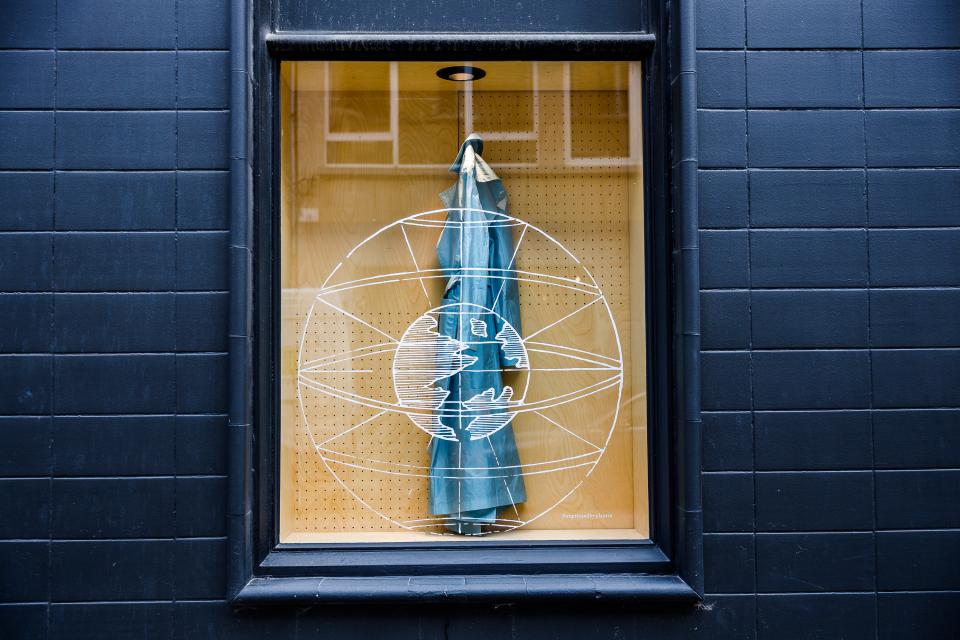
This cosmographic illustration is in De arte cyclognomica by Cornelius Gemma from 1569. The book is a hidden gem of early modern intellectual history with diverse topics including medicine, astronomy, astrology, etc.
Love & passion shop TUTTI PASSI
Hoogstraat 57
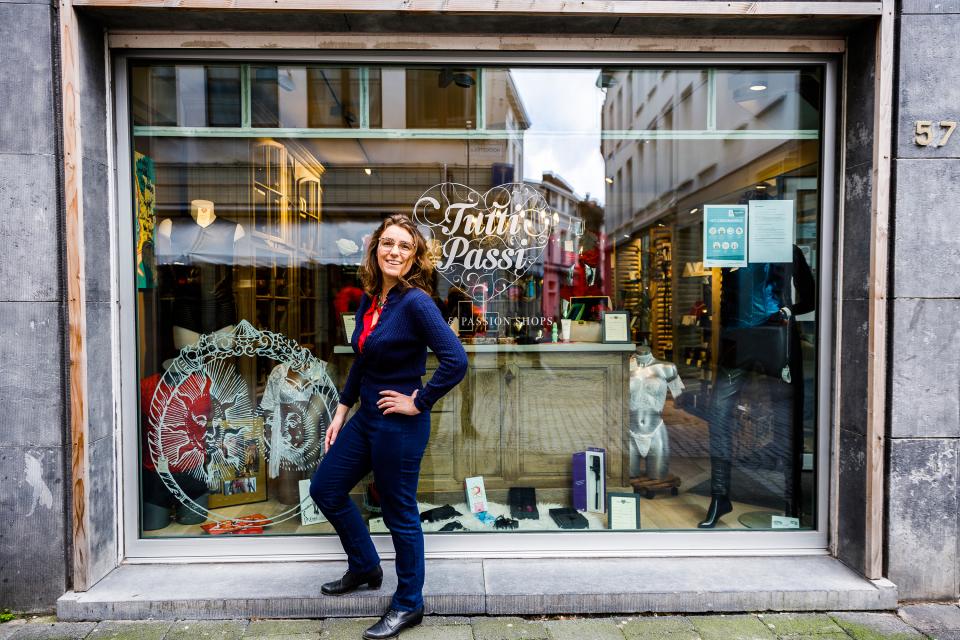
This illustration is in Claude Paradin's Devises heroiques, a very influential collection of princely spells or emblems. Plantin printed this bestseller from 1561 in different languages.
This image is under the motto "Altijd en oock te samen" (Always and also together):
Geliick Son ende Maen noint verr en zijn verscheyden
En alsmen d'eene siet, sal d'ander niet lang beyden
Soo moet oock man en wijf gestadich zijn bij-een
Dan sal des Liefdes glans heel suyver ende reen
Recht als een Diamant heur beyder huys vercieren
En al dat sij bestaen, sal wel geluckich tieren
Den Heer heeft slux begeert, en geeft sijn zegen meest
Wanneer dat dese twee zijn als een lijf en geest
Bakery Goossens
Korte Gasthuisstraat 31
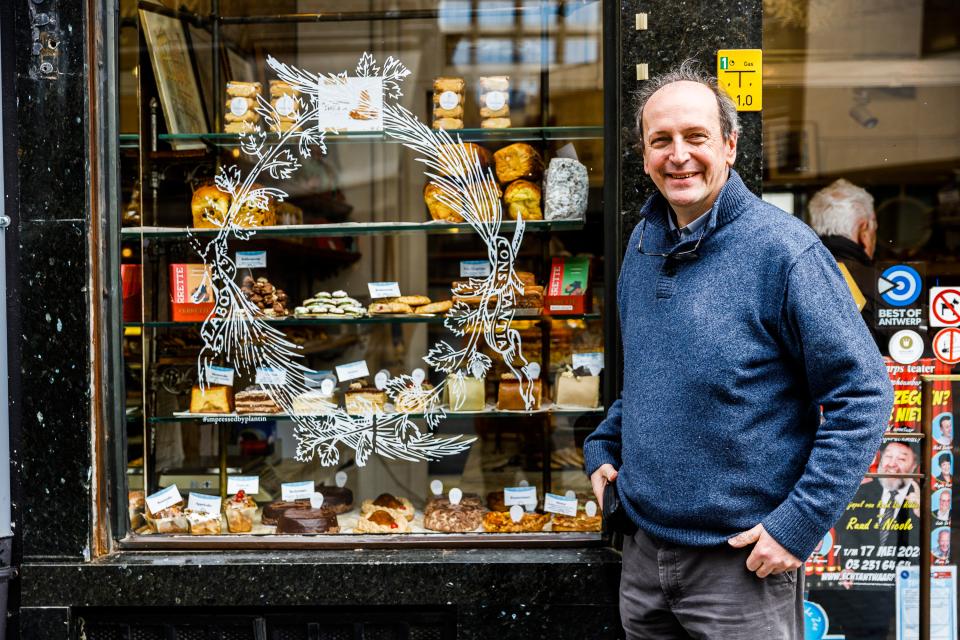
This printer's mark of the Plantinian printing house in Leiden was used successively from 1595 to 1611 by Francis I, Christophorus and Francis II Raphelengius. Originally, a compass was also depicted in the center, but it has unfortunately disappeared.
